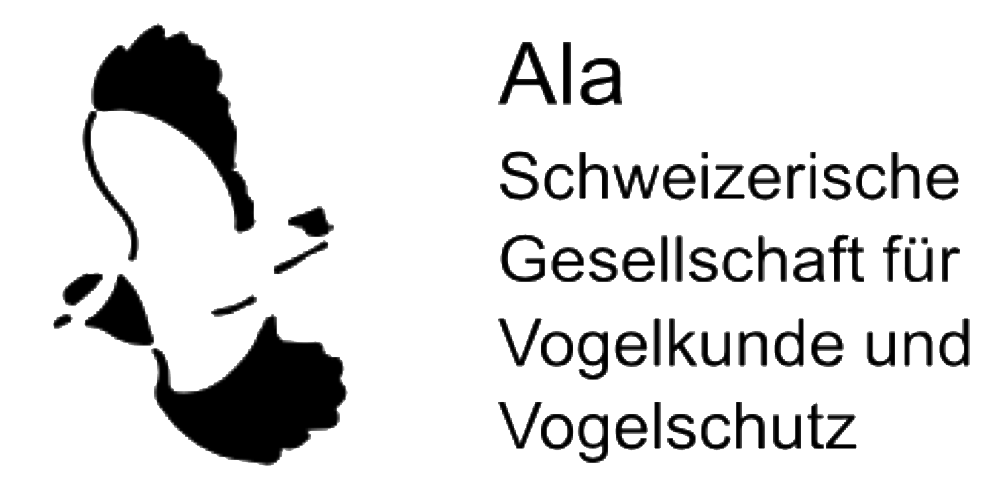Artikel-Suche
einfache Suche | erweiterte Suche
Autor(en)
Christian Harms
Titel
Überhört, unbeachtet, unterschätzt – über die tages- und jahreszeitliche Rufaktivität eines Uhu-Weibchens Bubo bubo im gesamten Jahresverlauf.
Jahr
2025
Band
122
Seiten
44–61
Key words
(von 1994 bis 2006 vergeben)
(von 1994 bis 2006 vergeben)
Schlagwort_Inhalt
Balz, Brutbiologie, Weibchengesang
Schlagwort_Vogelart
(wissenschaftlich)
(wissenschaftlich)
Bubo bubo
Schlagwort_Vogelart
(deutsch)
(deutsch)
Uhu
Schlagwort_Geogr.
Baden-Württemberg, Kaiserstuhl
Sprache
deutsch
Artikeltyp
Abhandlung
Abstract
Unnoticed, underestimated, ignored – diurnal and seasonal vocal activity of a female Eurasian Eagle-Owl Bubo bubo as captured in long-term sound recordings over a complete annual cycle. – Acoustic signals play a central role in the intra- and extra-specific communication of birds, but very few studies deal with the vocalisations of females. In a breeding territory in the southern Upper Rhine Valley (southwest Germany), I used an autonomous digital recorder to continuously record the vocalisations of a pair of Eurasian Eagle-Owls Bubo bubo night after night for 34 months. The recorder was positioned in immediate proximity to the nest site, yet operated without disturbing the birds. Here I describe the acoustic activity on a hourly, nocturnal and seasonal scale on all days of 2020, with a particular focus on the vocalisations of the female. To this end, all recognisable vocalisations were recorded manually, i.e. without the aid of automated signal recognition, using «Raven Pro» software, for a total of over 82 600, of which 35% were produced by the female. Female vocalisations were registered on 279 days and amounted to 26.1% of the total 4779 recording hours in 2020. During 965 of the 1246 hours with registered female vocalisations, the female could be heard together with the male, mostly in interactive duet singing, the remaining time was spent vocalising alone. Vocalisations showed a strong seasonal pattern for both birds. The main courtship month of February accounted for 23% of the annual activity for the female and 31% for the male. After a seasonal low during summer (June–August) vocalisations resumed during the autumn courtship period (September–December). At times, especially in April and May, more vocalisations were recorded for the female than for the male. During the principal courtship period in February, the male spent up to 7 : 43 hours per night calling, the female vocalised up to 5 : 58 hours. For the first time, this study determined the vocalisation activity of a female Eurasian Eagle-Owl qualitatively and quantitatively over an extended period of time by consistently collecting data on all nights of a year, thus covering a complete reproductive cycle. The unexpectedly high activity indicates that the vocalisations of the female play a much greater role in the acoustic communication of Eurasian Eagle-Owls than previously assumed.
PDF Dokument (öffentlich)
PDF Dokument (registrierte Mitglieder)












